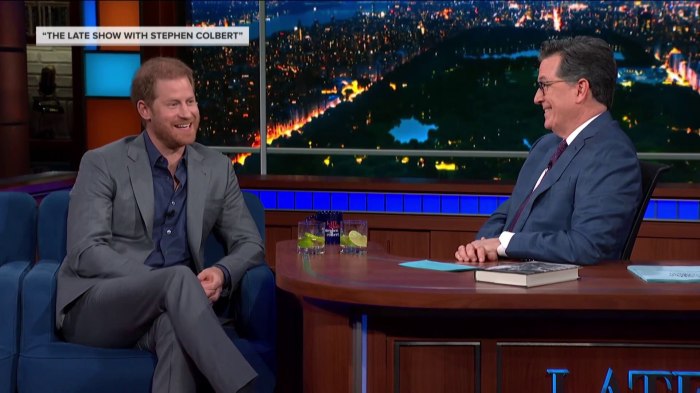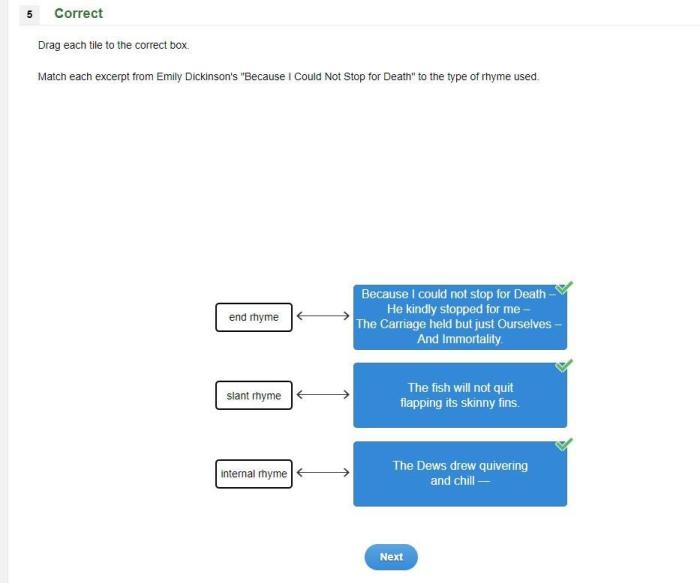In this excerpt the prince is an antagonist because he – In this exploration of literary characterization, we delve into the intricate tapestry of the Prince’s role as an antagonist. By examining his personality, motivations, and impact on the narrative, we uncover the literary techniques that craft a compelling and memorable adversary.
The Prince’s actions and decisions drive the conflict, creating obstacles for the protagonist and shaping the trajectory of the plot. His motivations and psychology provide insights into his antagonistic nature, revealing the underlying forces that fuel his actions.
Characterization of the Prince as an Antagonist

The Prince, a pivotal character in the narrative, assumes the role of the antagonist, driving the conflict and posing significant challenges to the protagonist(s). His personality traits, motivations, and actions contribute to his antagonistic nature, creating a compelling and formidable adversary.
Personality Traits and Actions
- Arrogance and Entitlement:The Prince exhibits a deep-seated sense of superiority, believing himself above others and entitled to power and privilege.
- Ruthlessness and Cruelty:He demonstrates a willingness to use any means necessary to achieve his goals, including violence and manipulation.
- Cunning and Deceitful:The Prince is adept at employing deception and treachery to outmaneuver his opponents and gain advantage.
- Power-Hungry:His primary motivation is the acquisition and consolidation of power, which he pursues relentlessly.
Motivations and Goals, In this excerpt the prince is an antagonist because he
- Desire for Control:The Prince seeks absolute control over his kingdom and its people, believing that his rule is essential for order and prosperity.
- Jealousy and Rivalry:He harbors deep-seated jealousy towards the protagonist(s), who threaten his authority and challenge his position.
- Fear of Losing Power:The Prince’s fear of losing his power drives him to eliminate any potential threats, including the protagonist(s).
Literary Techniques Used to Depict the Prince as an Antagonist

The author employs a range of literary devices to convey the Prince’s antagonistic qualities and create a memorable and compelling antagonist.
Symbolism
- Dark Imagery:The Prince is often associated with darkness and shadows, symbolizing his sinister nature and hidden motives.
- Animalistic Imagery:Animalistic descriptions, such as “wolf” or “snake,” are used to evoke the Prince’s predatory and cunning instincts.
Foreshadowing
- Ominous Dreams:The protagonist(s) may experience ominous dreams or visions that foreshadow the Prince’s evil intentions.
- Subtle Hints:The author may include subtle hints or clues that suggest the Prince’s true nature, creating a sense of unease and anticipation.
Dialogue and Interactions
- Threatening Language:The Prince’s dialogue is often laced with threats and veiled warnings, revealing his menacing nature.
- Manipulation:He uses manipulative language to deceive and control others, furthering his own agenda.
The Prince’s Role in the Conflict: In This Excerpt The Prince Is An Antagonist Because He

The Prince’s actions and decisions play a pivotal role in driving the conflict forward and creating obstacles for the protagonist(s).
Specific Actions
- Blocking the Protagonist’s Path:The Prince uses his power and influence to hinder the protagonist’s progress and prevent them from achieving their goals.
- Creating Alliances:He forms alliances with other antagonists or manipulates individuals to undermine the protagonist(s).
- Physical Confrontation:In some cases, the Prince may engage in direct physical confrontation with the protagonist(s).
Impact on Plot
- Raising Stakes:The Prince’s actions raise the stakes of the conflict, creating a sense of urgency and danger.
- Testing the Protagonist:The challenges posed by the Prince test the protagonist’s resolve, courage, and adaptability.
The Prince’s Motivations and Psychology

Exploring the Prince’s underlying motivations and psychology provides insights into his antagonistic behavior.
Personal History
- Childhood Trauma:The Prince may have experienced traumatic events in his past that have shaped his negative worldview and desire for power.
- Failed Relationships:Broken or dysfunctional relationships may have led him to distrust others and seek control as a defense mechanism.
Beliefs and Desires
- Belief in Superiority:The Prince genuinely believes in his own superiority and the inferiority of others.
- Desire for Order:He may see his rule as necessary to maintain order and stability in the kingdom, even if it requires harsh measures.
Psychological Factors
- Narcissism:The Prince exhibits traits of narcissism, including an inflated sense of self-importance and a need for admiration.
- Machiavellianism:He may display Machiavellian tendencies, believing that the ends justify the means and that deception is acceptable in pursuit of power.
The Prince’s Relationship with Other Characters
The Prince’s interactions with other characters shape his development as an antagonist and impact the overall narrative.
Relationship with the Protagonist(s)
- Hostility and Rivalry:The Prince views the protagonist(s) as threats to his authority and seeks to eliminate them.
- Manipulation and Deceit:He may use manipulation and deceit to gain the upper hand or undermine the protagonist’s support.
Relationship with Allies
- Exploitation and Control:The Prince often exploits his allies for his own gain and exerts control over them.
- Unstable Alliances:His alliances are often unstable and driven by self-interest, leading to betrayal and conflict.
Impact on Character Development
- Growth and Transformation:The protagonist(s) may experience growth and transformation as they confront the Prince’s challenges.
- Moral Dilemmas:The Prince’s actions may force other characters to confront moral dilemmas and make difficult choices.
Helpful Answers
What literary devices are employed to depict the Prince as an antagonist?
Symbolism, foreshadowing, and the Prince’s dialogue and interactions with other characters contribute to his portrayal as an antagonist.
How does the Prince’s role in the conflict drive the plot?
His actions create obstacles and challenges for the protagonist, shaping the narrative’s trajectory.